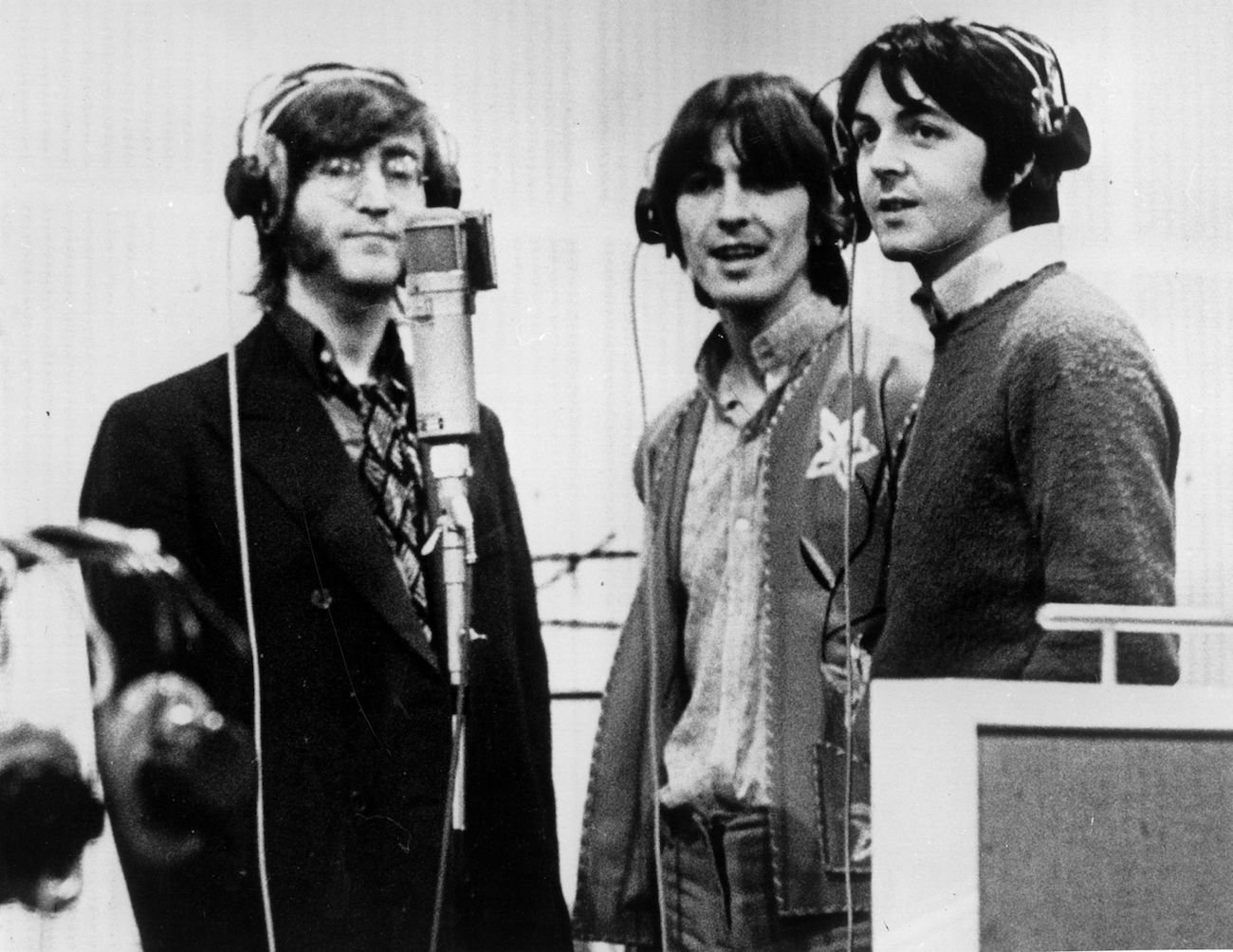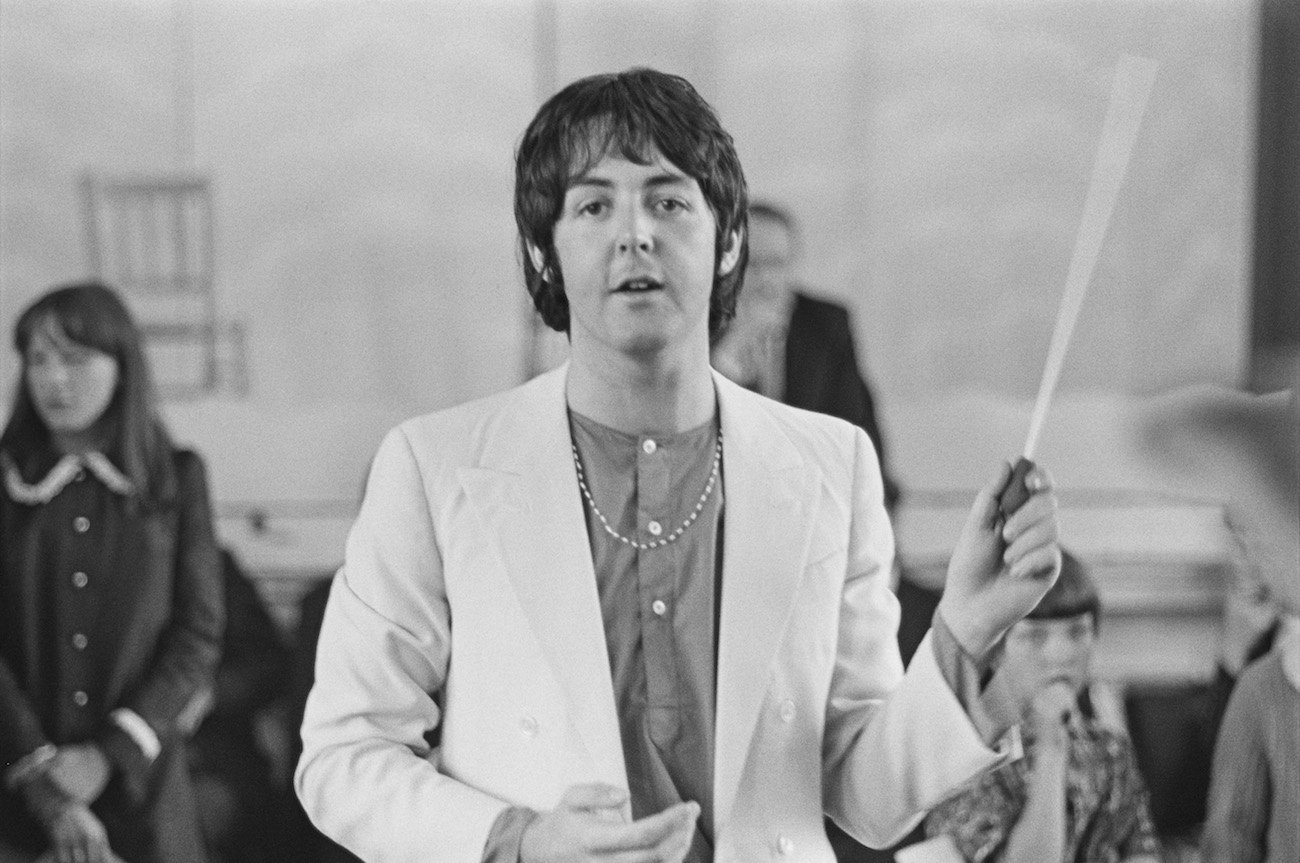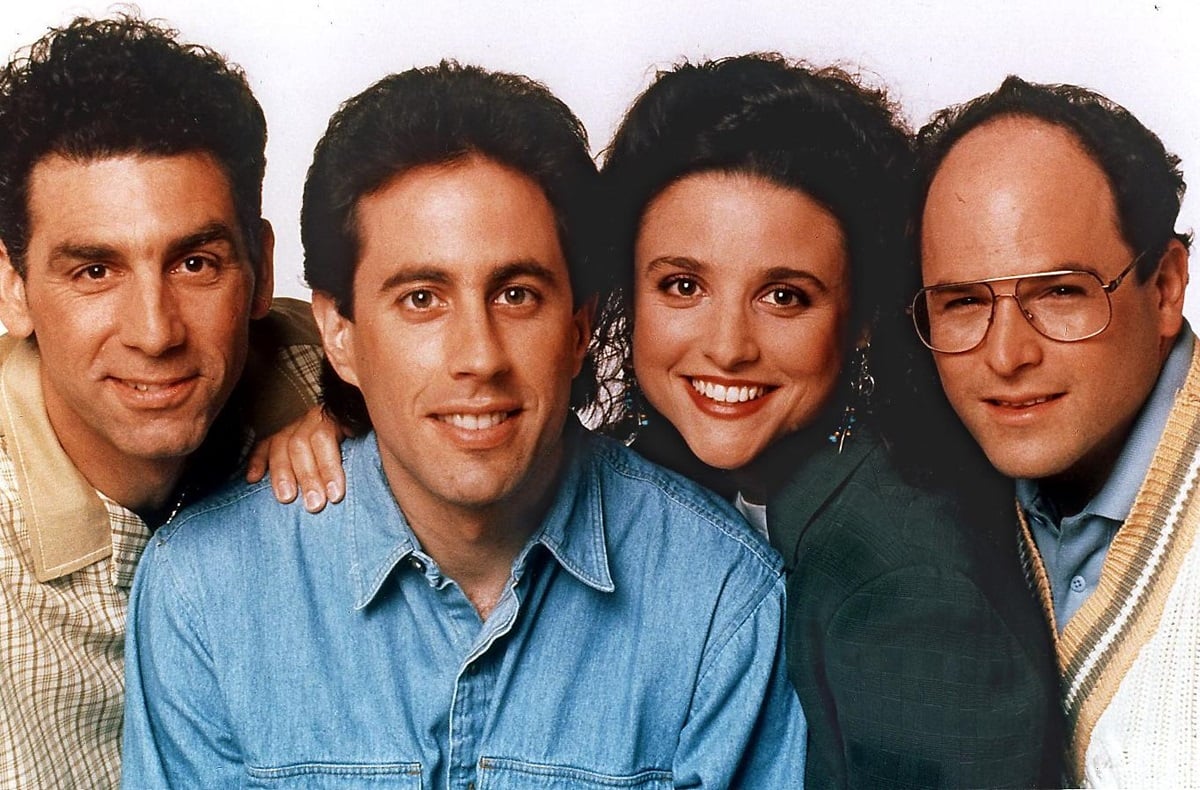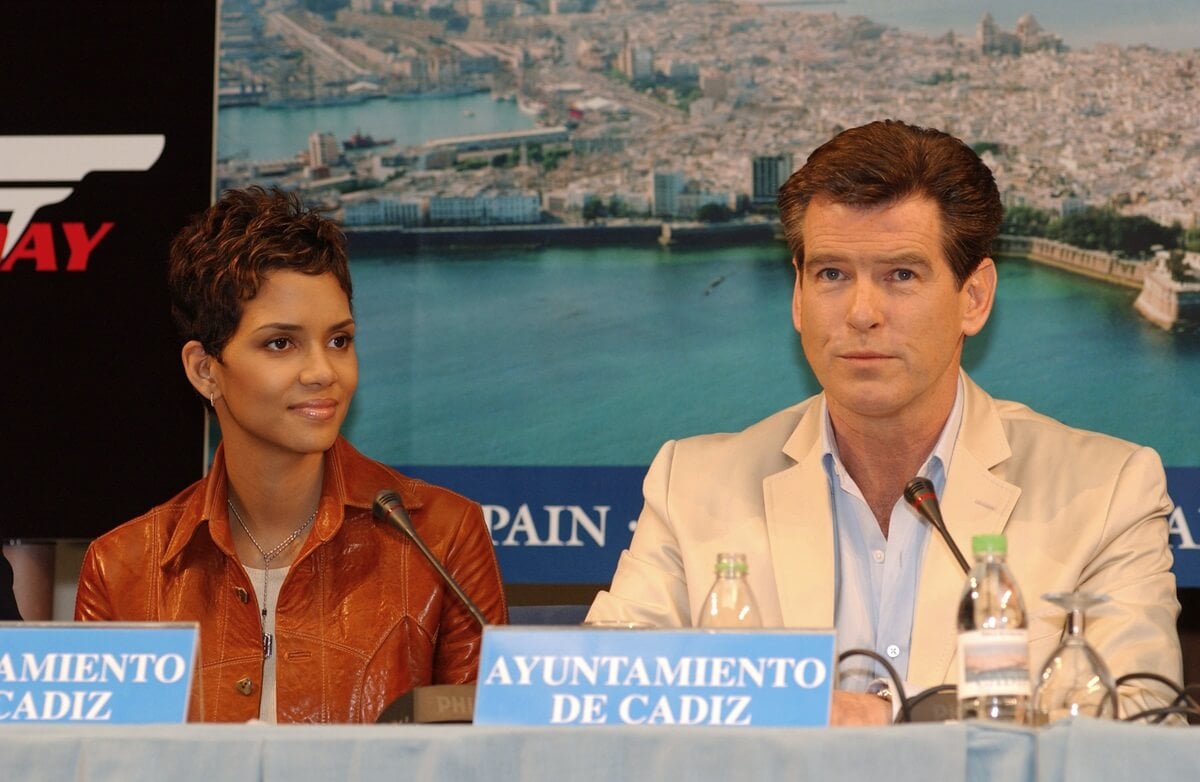
Paul McCartney Based the Verses in The Beatles’ ‘Helter Skelter’ on a Song in ‘Alice in Wonderland’
Paul McCartney said he based the verses in The Beatles‘ “Helter Skelter” on a song in Alice in Wonderland. There are other aspects of the song that aren’t childlike.

Paul McCartney wrote The Beatles’ ‘Helter Skelter’ after Pete Townshend said he wrote ‘the loudest, dirtiest, rockiest’ song ever
Musicians always inspire each other, not just with their music. Sometimes, all someone has to do is say something that could inspire a hit song. Jimmy Page wrote Led Zeppelin’s “The Rain Song” after hearing George Harrison criticize the band’s lack of ballads. John Lennon wrote “She Said She Said” after hearing Peter Fonda talk about death.
Paul wrote “Helter Skelter” after hearing The Who’s Pete Townshend say he’d written the “loudest, dirtiest, rockiest” song. The singer-songwriter loved that description, so he went into the recording studio and said to the rest of The Beatles, “Let’s just see how loud we can get and how raucous. Let’s try to make the meters peak.”
In The Lyrics: 1956 to the Present, Paul wrote the song’s recording process was “endless, a feat of endurance.” That’s why Ringo Starr shouts that he has blisters on his fingers at the end. “It was that kind of session,” Paul wrote.
Paul based the verses in The Beatles’ ‘Helter Skelter’ on a song in ‘Alice in Wonderland’
Despite having ugly ties with Charles Manson and hell (to The Beatles’ dismay), The Beatles’ “Helter Skelter” has a child-like connection.
Paul wrote that many people in the U.S. think a helter skelter is a rollercoaster, but it’s actually a conical fairground fixture with a slide around the outside. He and The Beatles often went on them as children.
Paul related going up and down the ride’s slide to life. “One minute you’re up, next minute you get knocked down,” he wrote. “You’re feeling euphoric, then you’re feeling miserable. Such is the nature of life.” Those themes are evident in the lyrics, “When I get to the bottom/ I go back to the top of the slide/ Where I stop and I turn and I go for a ride/ ‘Til I get to the bottom and I see you again.”
Another childhood fixture appears in the song. Paul said he based the tune’s verses on the Mock Turtle’s song from Lewis Carroll’s Alice in Wonderland.
In The Lyrics, Paul included an excerpt: “‘Will you walk a little faster?’ said a whiting to a snail, ‘There’s a porpoise close behind us, and he’s treading on my tail. See how eagerly the lobsters and the turtles all advance! They are waiting on the shingle – will you come and join the dance? Will you, won’t you, will you, won’t you, will you join the dance? Will you, won’t you, will you, won’t you, won’t you join the dance?'”
Paul and John “adored” Carroll and often quoted him.
There’s a heavy metal aspect to the song
Paul said lines like “She’s coming down fast” in The Beatles’ “Helter Skelter” have a sexual component, and perhaps “a little drug component” too, which was a little darker. That may be why many heavy metal bands like it.
Paul said people have sometimes credited “Helter Skelter” as the first heavy metal song. He doesn’t know whether that’s the case, but he wrote, “it’s certainly true that the music preceding rock, the gentle and romantic dance music, was kicked over. We were kicking that out of the way with this song.”
Over the years, Paul has looked for the Who track Townshend referred to. He’s even asked the guitarist about it, and he can’t remember. Paul thinks it was “I Can See for Miles.” However, Paul doesn’t think the song is “the loudest, the dirtiest, the rockiest thing ever.”



